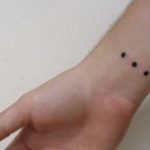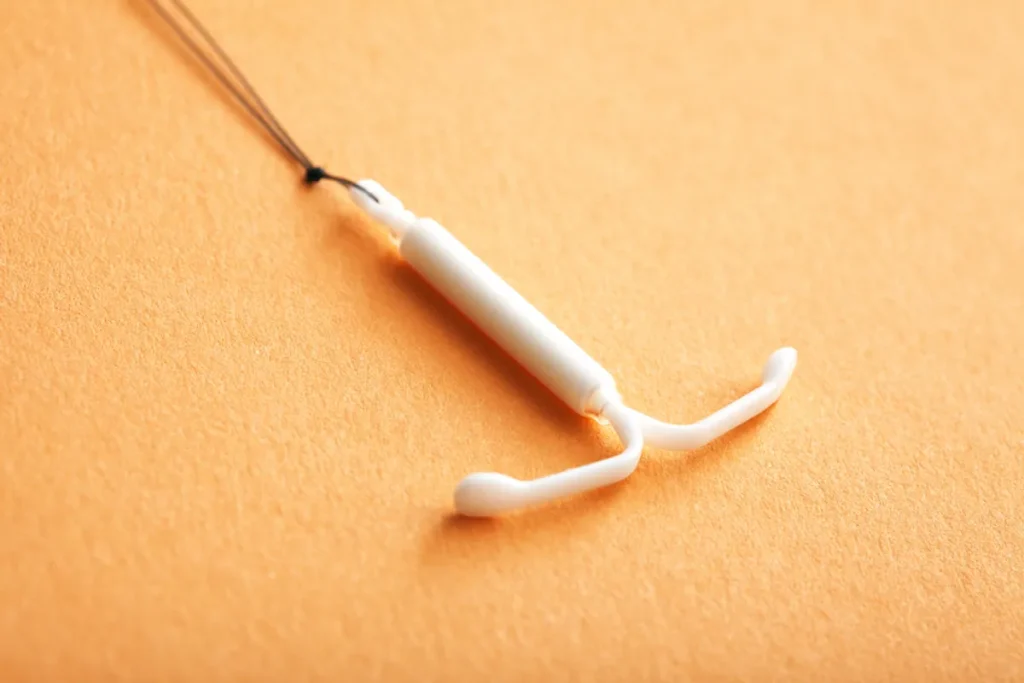ATwitter user posted a challenge for men on Saturday: try and name what this device is. It appears that a lot of people don’t know – and to find out why, you need to look back to the late 1960s.
Alongside the mostly in-jest (hopefully) answers such as “a teeny tiny crossbow”, “crossbow for mice”, “a tiny pogo stick for mice”, and “the key on a corned beef can”, there does seem to be some genuine confusion about what the device is, and not just from men.
I’m so tired of Tesla trying to get attention doing this viral marketing nonsense. https://t.co/Txr9yeoHP3
— grimm (@ExileGrimm) January 8, 2022
For those who are genuinely confused, there were clues at hand.
The answer is, it’s an intrauterine device (IUD). Also known as “the coil”, these are small T-shaped devices made of plastic and copper. They are inserted by medical professionals through the cervix and into the womb (a task which many find uncomfortable). They slowly release copper, or alternatively the hormone levonorgestrel in the case of an intrauterine system (IUS).
The copper alters the cervical mucus, making it much more difficult for sperm to reach the egg, and for fertilized eggs to implant themselves. Levonorgestrel, meanwhile, thickens the mucus in the cervix and thins the lining of the uterus, having the same effect.
The devices are 99 percent effective at preventing pregnancy – though they do not have the protective effect of condoms against sexually transmitted infections. Depending on the brand and type, they can last for 3-10 years before needing to be removed.
Despite this – and being the most popular form of contraception in China – they have quite a low uptake in the US and much of Europe in comparison to the contraceptive pill. One of the reasons for their relative unpopularity – along with them causing heavier and more painful periods in some people – can be traced to the Dalkon shield disaster in the late 1960s.
The Dalkon shield was wider than current models, in order to resist the occasional expulsion of the device by the body. The device was a disaster, with users reporting severe pelvic infections and perforations on a large scale.
Before sales were suspended in 1974, six women died as a result of the shield, and by 1989 the company had to put aside $2.5 billion to pay for claims by people who had been caused pain and health problems by the device. For a time, it effectively killed the reputation of IUDs, despite other models being safe and incredibly effective. Meanwhile, pharmaceutical companies marketed the more profitable contraceptive pills heavily, leading to a United States where IUDs are infrequently used, and rarely heard of by men.
In conclusion: IUDs are safe, effective, and not to be used as pogo sticks for rodents.


